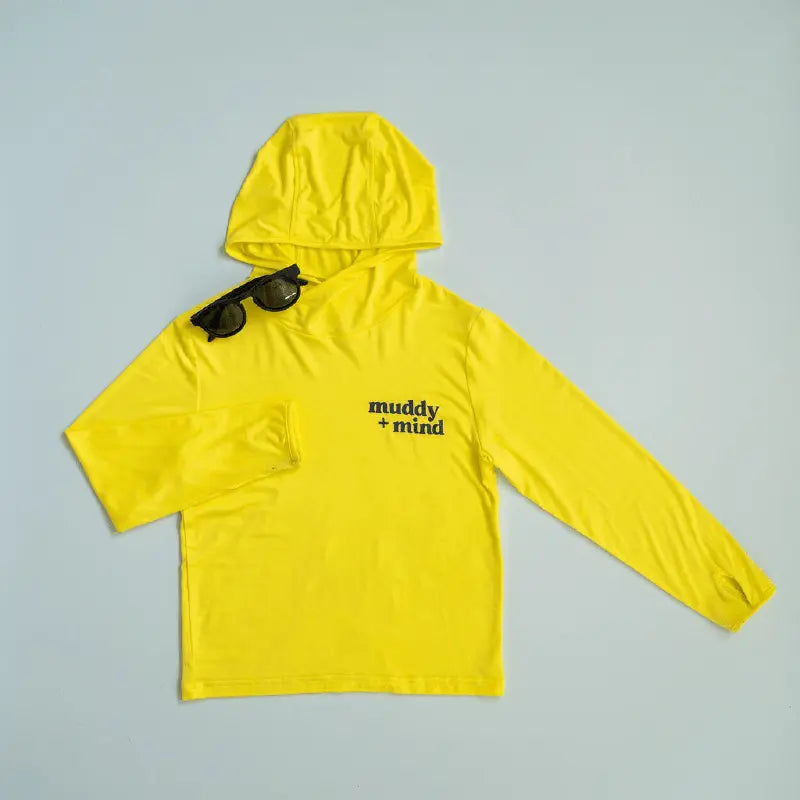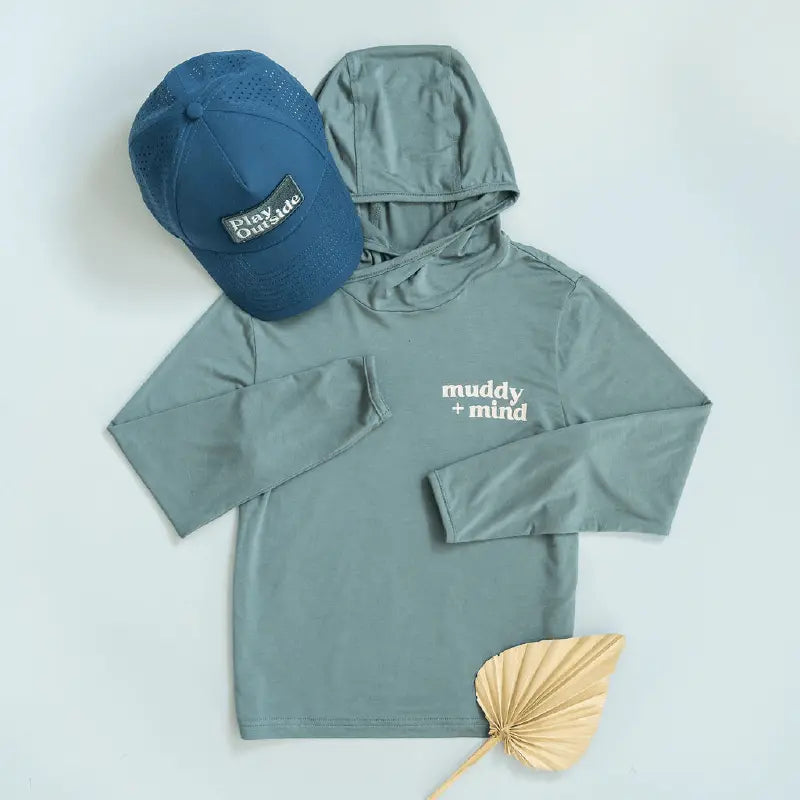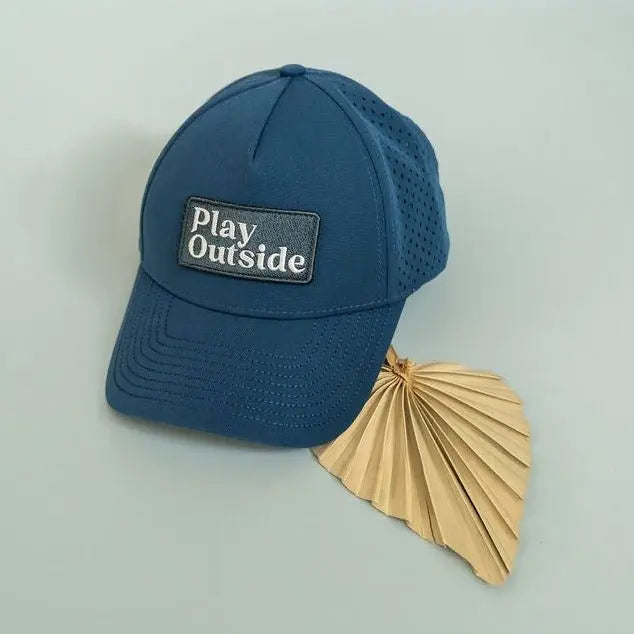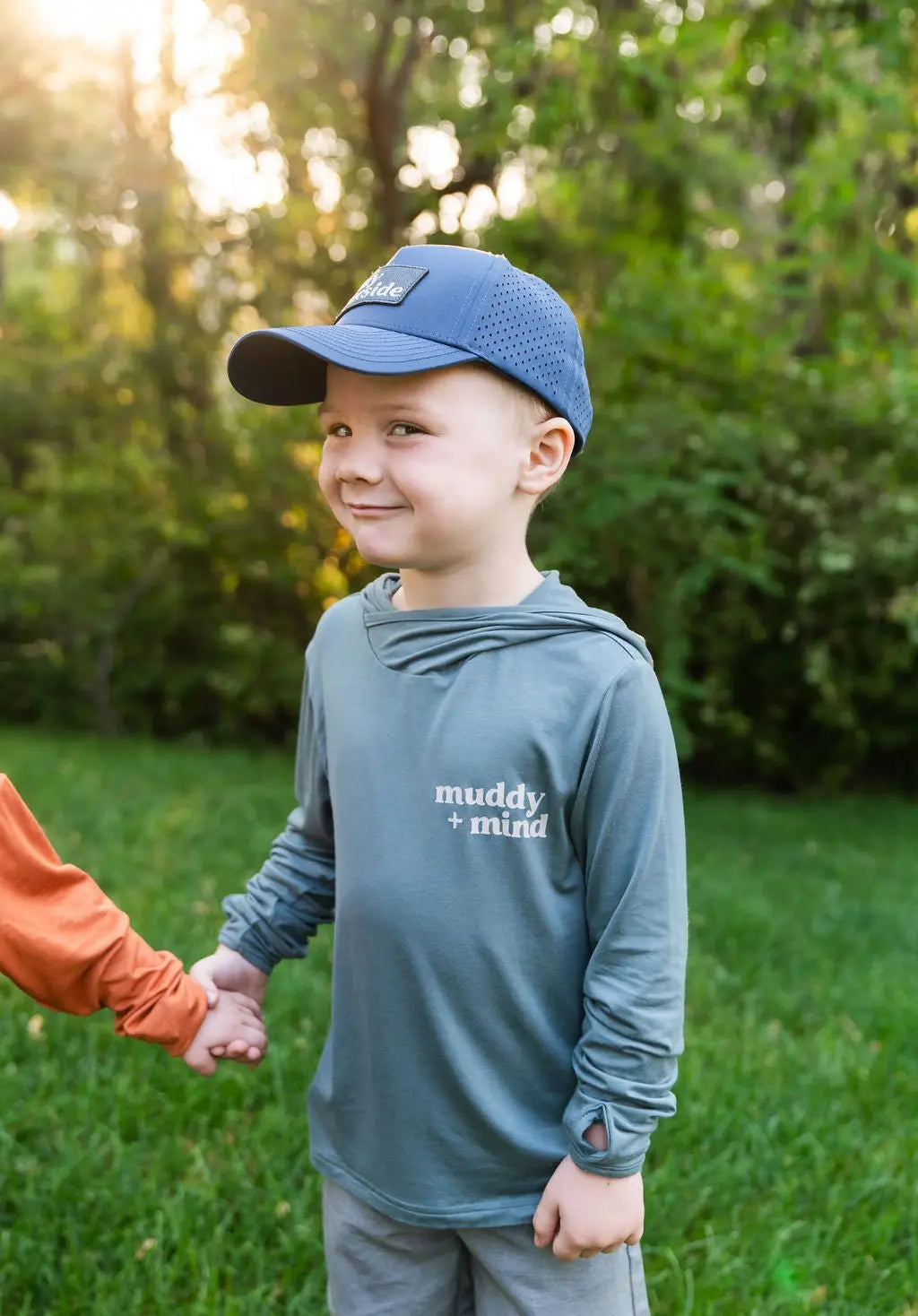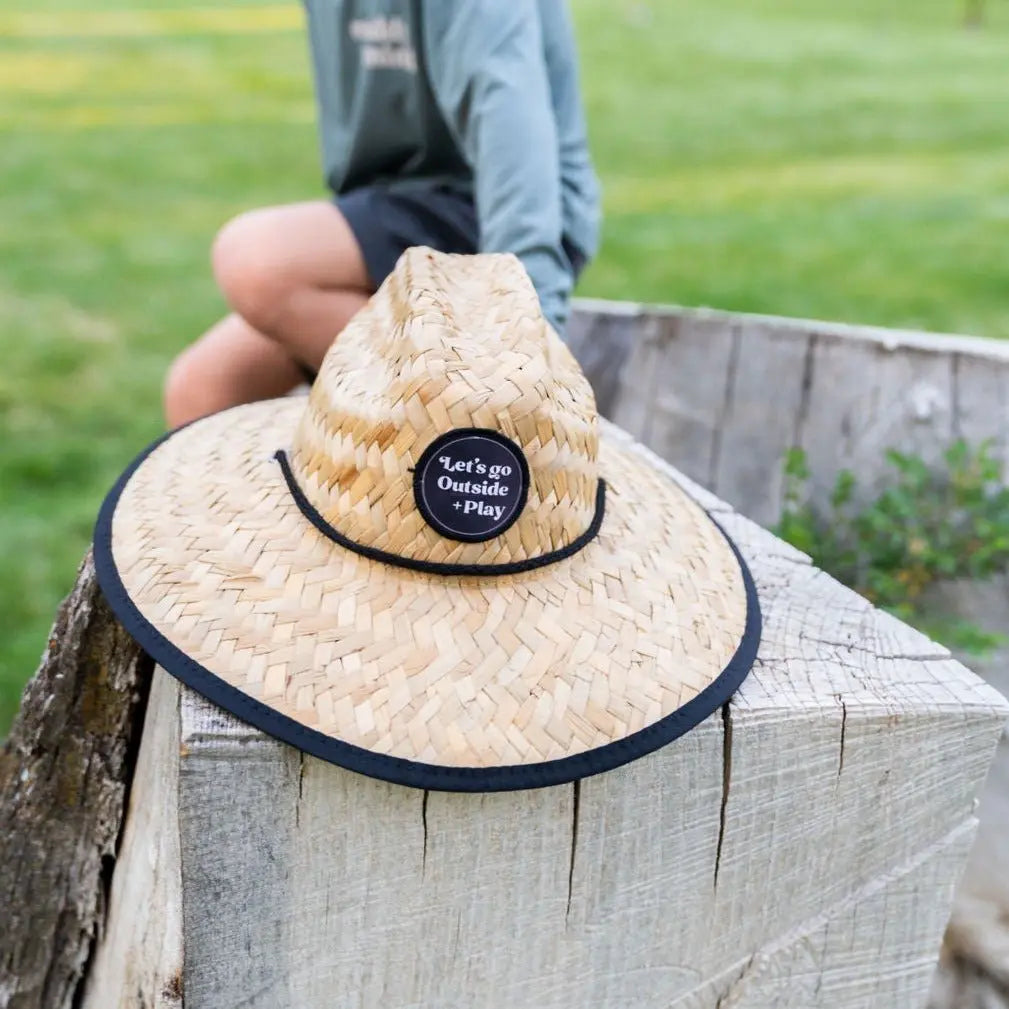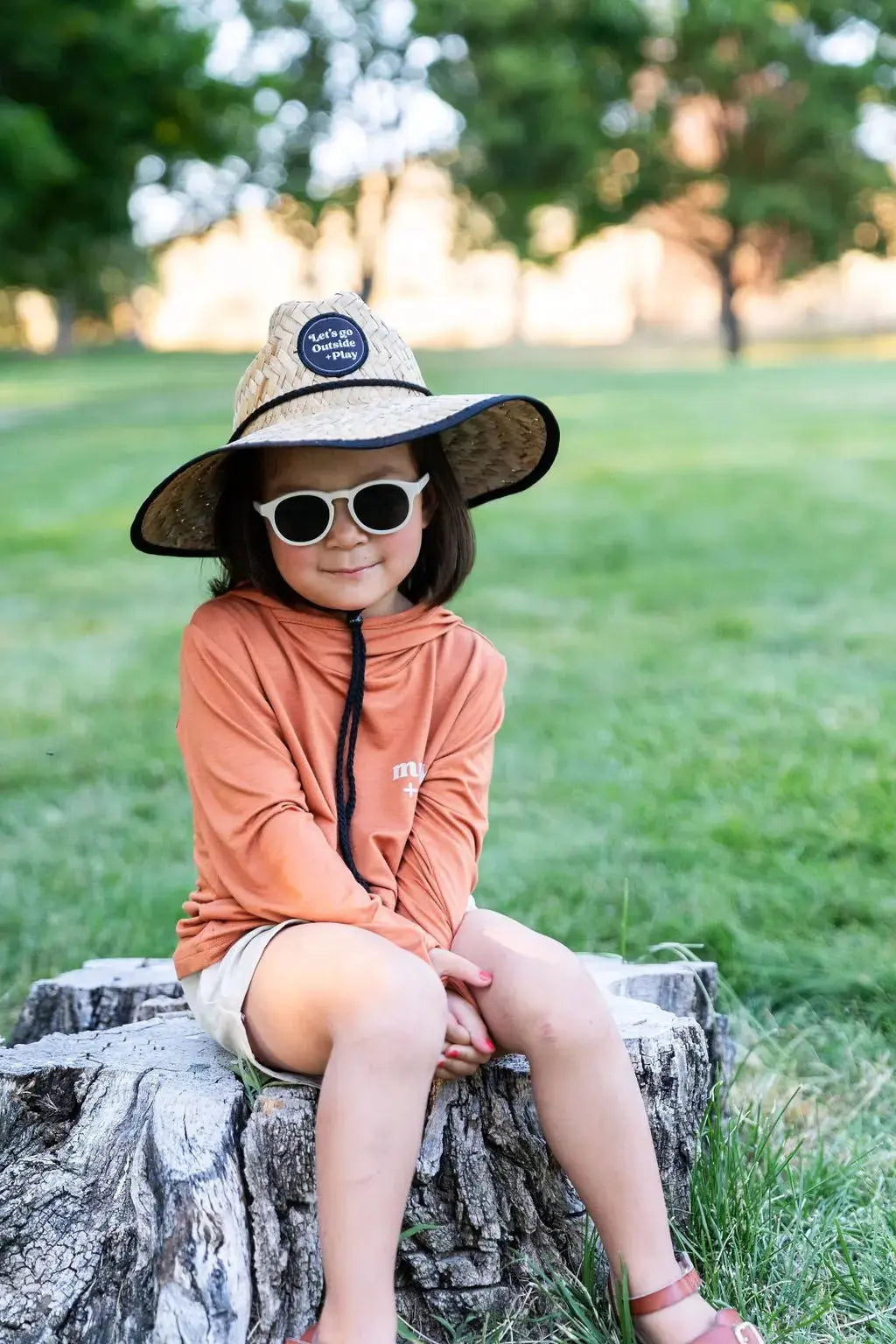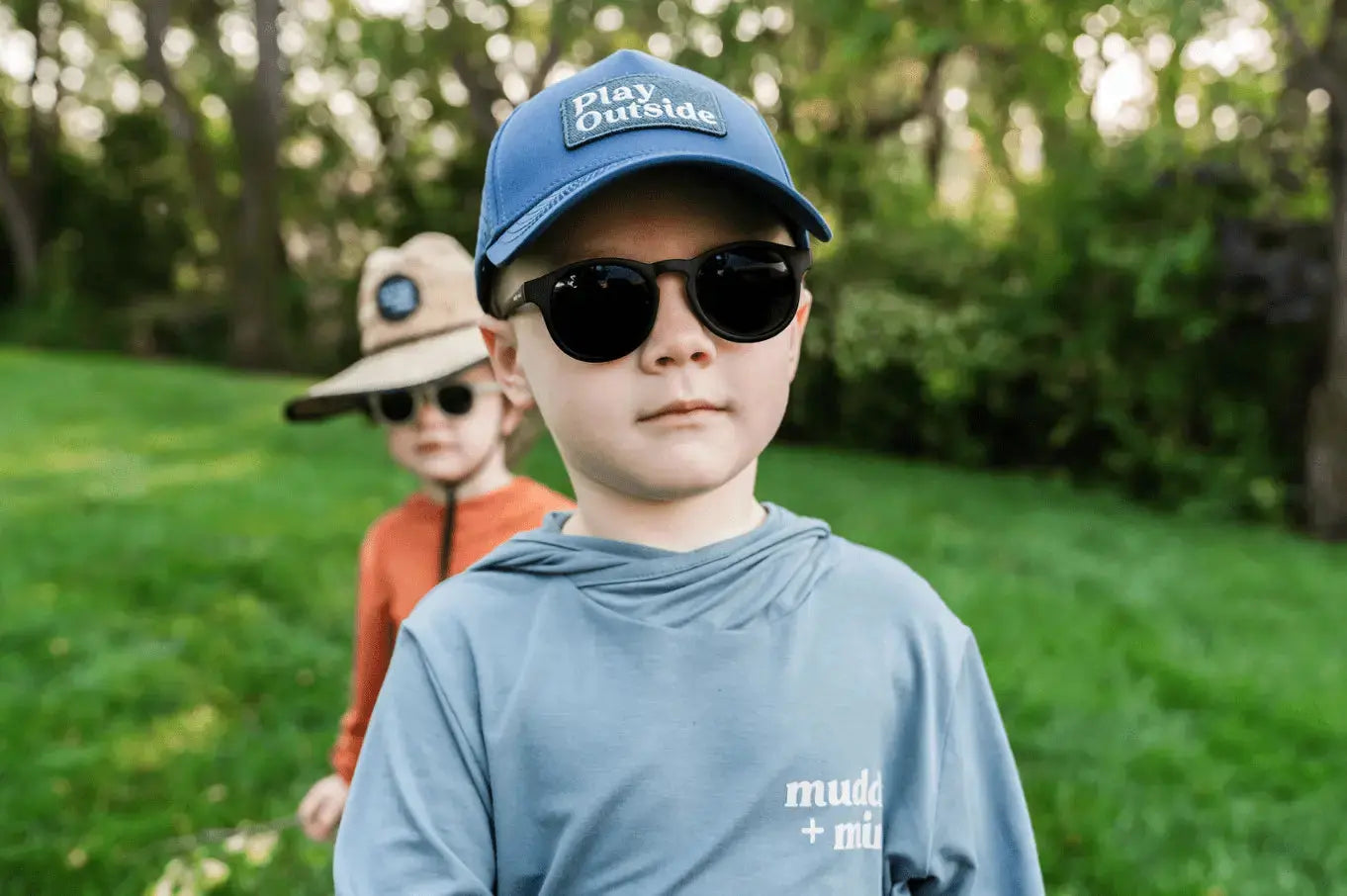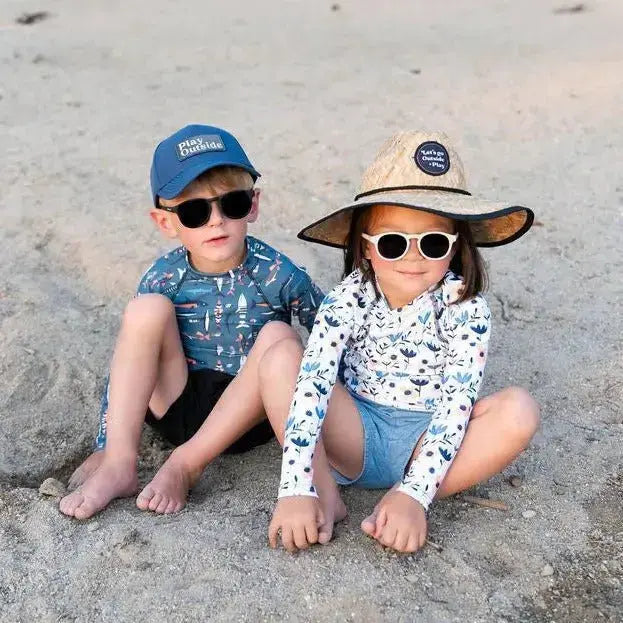Up to 30% off on ONE shirts and Rash guards when you get one for you and one for your little one to match. Automatically applies at checkout.

How to Support Your Child’s Independence Through Outdoor Free Play
How to Support Your Child’s Independence Through Outdoor Free Play
If you've ever watched your child build a stick fort, make up a trail game, or confidently explore your backyard solo, you’ve seen independence in action. Outdoor free play is one of the most powerful (and fun!) ways to help kids develop confidence, creativity, and resilience. Here’s how to nurture their independence through unstructured outdoor time.
Why Outdoor Free Play Builds Independence
- Freedom to Choose: Unstructured time gives kids the space to follow their curiosity.
- Problem Solving & Creativity: Nature invites invention—turning logs into balance beams or rocks into treasure.
- Confidence in Their Abilities: Navigating uneven ground or trying something new builds both physical and emotional strength.
Step 1: Set the Stage, Then Step Back
The key to encouraging independent outdoor play? Creating a safe space and resisting the urge to jump in.
- Start in Familiar Spaces – Your backyard, patio, or local park.
- Offer Loose Parts – Sticks, stones, leaves, water, and dirt are powerful open-ended tools.
- Observe Without Directing – Let kids lead the play while you stay nearby.
💡 Pro Tip: Set up a “yes space” where kids are free to get messy, climb, and experiment safely.
Step 2: Give Kids Outdoor Jobs
Small responsibilities help kids take ownership of their outdoor time.
- Water the garden
- Be the map reader on hikes
- Collect nature treasures to show or sort later
- Lead the way down a familiar trail
This boosts their self-esteem and gives them purpose.
Step 3: Encourage Exploration with Boundaries
Kids feel braver when they know their limits.
- Set clear physical boundaries: "You can play anywhere between the big tree and the fence."
- Set time limits: "Explore for 15 minutes and come back to check in."
- Use a whistle or bell as a fun recall tool
Step 4: Create an Environment That Invites Independence
The right setup encourages kids to dive into play without needing you every minute.
- Backyard Tools: Mud kitchen, buckets, rope, planks, and outdoor-safe scissors
- Adventure Stations: Set up different zones like digging, building, and climbing
- Gear Up: Dress them in play-ready gear like the quick-dry, easy-on ONE Shirt so they don’t need help changing or worrying about messes.
Step 5: Normalize Risk and Trust Their Instincts
Kids grow when they stretch themselves physically and mentally.
- Climbing low trees
- Balancing on logs
- Navigating uneven paths
Instead of saying “Be careful,” try:
- "Show me how you do that safely."
- "What’s your plan if that rock wobbles?"
- "Try it once and see how it feels."
Final Thoughts: Free Play Is the Foundation of Outdoor Confidence
You don’t need a huge yard or expensive equipment. Just a little time, space, and patience. Outdoor free play fosters independent kids who are ready to face the world with courage, curiosity, and creativity.
For more ways to nurture independence and adventure, visit the Play Outside blog.

